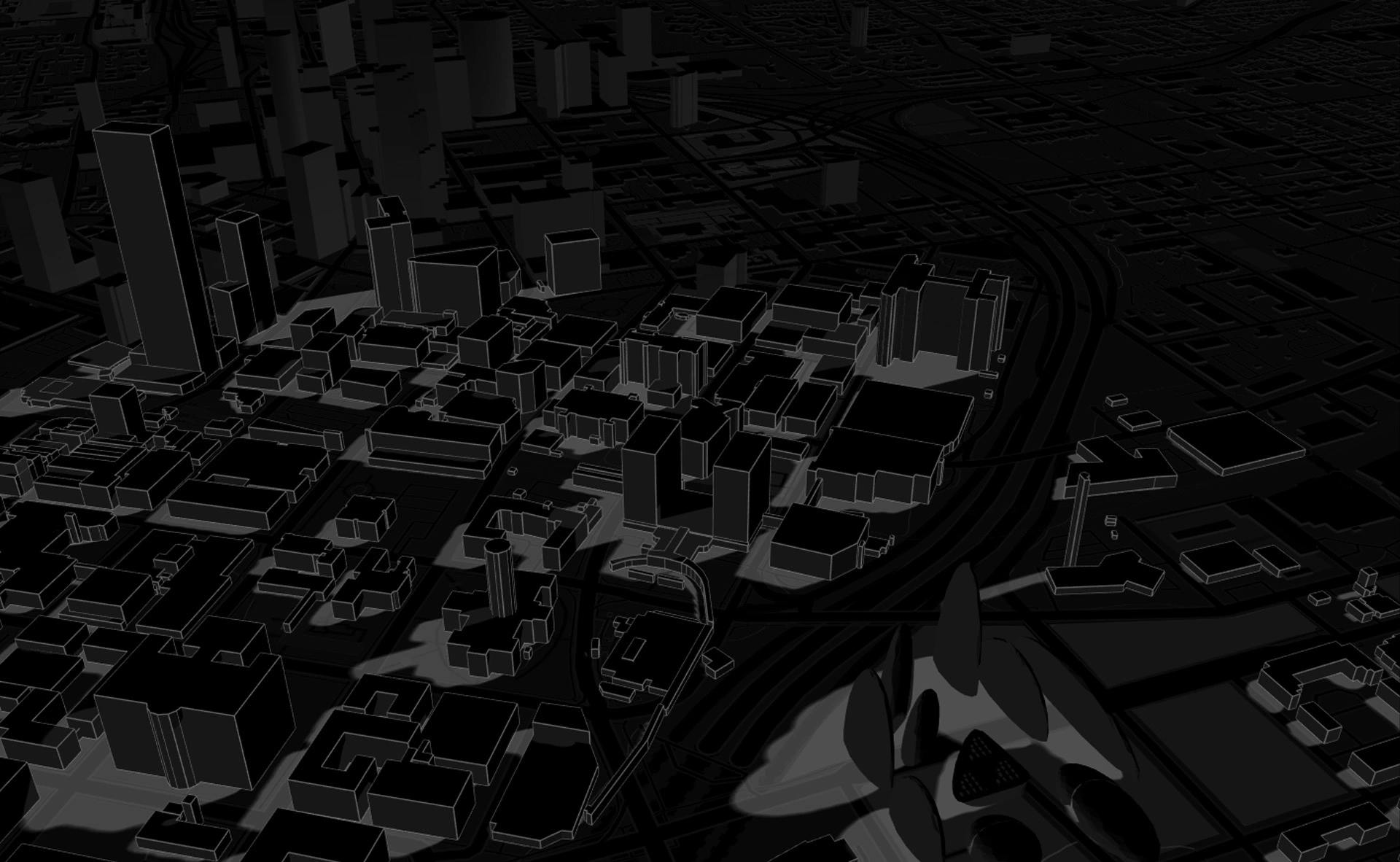Sustainable architecture is a commitment to the future. Architects design with a crucial balance: fulfilling current needs while ensuring future well-being. By emphasizing net-zero emissions through energy efficiency, renewable resources, and eco-friendly materials, sustainable designs align with global climate goals and pave the way for a lasting legacy

Sustainable architecture
What is sustainable architecture?
Sustainable architecture, also known as green or environmental architecture, is a critical focus for architects aiming to minimize environmental impacts and enhance energy efficiency through their designs. This approach encompasses the entire lifecycle of a building, from selecting sustainable materials that are non-toxic and sourced responsibly, to optimizing energy use through passive solar design and natural lighting to reduce reliance on artificial systems.
Sustainable architecture follows the sustainable design principles of optimizing site potential, minimizing non-renewable energy consumption and waste, using environmentally preferable products/materials, protecting and conserving water; improving indoor air quality; enhancing operational and maintenance practices; and creating healthy and productive environments. With initiatives like AIA’s (The American Institute of Architects)2030 Commitment and 2050 visions, achieving these goals are becoming more of a must-have rather than a nice-to-have.
This outlines the emphasis that sustainable architecture places on social responsibility, ensuring spaces are accessible, and promoting community interaction. By adopting these practices, architects not only adhere to environmental standards but also innovate in creating economically viable and ecologically sound spaces.

The evolution of sustainable architecture.
Sustainable architecture has evolved from ancient practices to a key aspect of modern construction, reflecting society's growing commitment to environmental stewardship. While the fundamental concept of building with environmental consideration is ancient, the formal movement towards sustainable architecture as we understand it today began to take shape in the 20th century, influenced by the global environmental awareness and technological advancements.

Early beginnings
Historically, building practices were inherently sustainable, utilizing local materials and methods suited to the climate. For instance, thick-walled adobe homes in the Middle East and Southwestern United States kept interiors cool in the heat, while steep-roofed timber houses in northern Europe shed snow to prevent structural damage.

Modern movement
The energy crises of the 1970s were a pivotal moment for sustainable architecture. As oil prices soared and awareness of human environmental impact grew, architects and builders began to reconsider modern building practices. This era saw the rise of the "green" architecture movement, which emphasized energy efficiency, resource conservation, and minimizing environmental impact. The development of technologies like solar panels and green roofs, along with passive design strategies such as strategic placement of windows and insulation, became more prevalent.

Institutionalization and global standards
By the late 20th and early 21st centuries, sustainable architecture was further solidified by the establishment of formal standards and certifications like LEED, BREEAM, and the WELL Building Standard. These systems provided frameworks that incentivized builders, architects, and developers to pursue sustainability in a structured and certified manner.

Future directions
As we look towards the future, sustainable architecture continues to evolve with a stronger emphasis on net-zero or positive energy buildings, biophilic design, and the circular economy. The focus is shifting from merely reducing the negative impacts to creating buildings that can actively benefit the environment and communities.
Benefits of sustainable architecture

Reduced Carbon Footprint: Sustainable buildings consume less energy, lowering greenhouse gas emissions with renewable sources and energy-efficient materials.
Conservation of Resources: Sustainable design uses materials and resources efficiently, incorporating sustainably sourced, recycled, or low-impact materials to reduce consumption and waste.
Enhanced Biodiversity: Sustainable architecture includes green spaces that support local flora and fauna, reduce the urban heat island effect, and promote biodiversity.

Examples of sustainable architecture.
FAQs on sustainable architecture
How our sustainable consulting services facilitate sustainable architecture.
At cove.tool, our sustainable consulting services are designed to empower and facilitate the creation of sustainable architecture by merging expert knowledge with innovative tools. Our approach centers on optimizing building performance and sustainability through comprehensive analyses of energy consumption, material efficiency, and cost-effectiveness.
By leveraging data-driven insights and predictive analytics, we guide our clients through selecting materials that minimize environmental impact, utilizing renewable energy sources effectively, and enhancing building designs to improve energy efficiency and occupant comfort.
Our services also help in achieving various sustainability certifications and compliance with environmental regulations, ensuring that projects not only meet but exceed the standard requirements for green building. This holistic approach ensures that our clients can achieve their architectural vision without compromising on sustainability goals.

start your journey toward sustainable architecture with cove.tool








